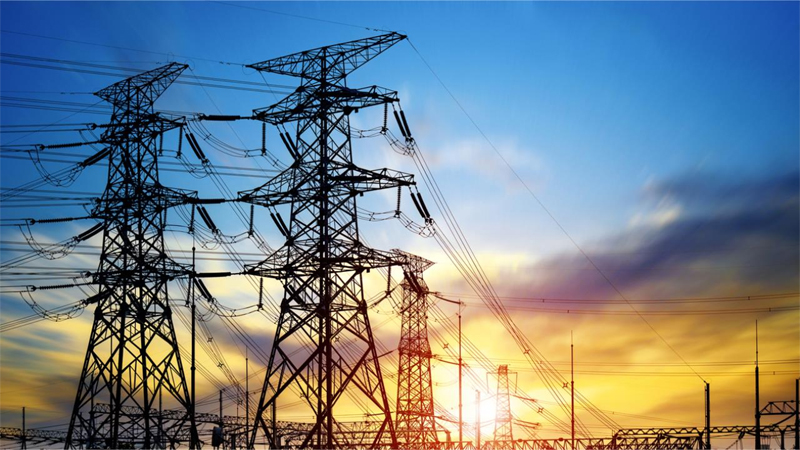Tariff-Based Competitive Bidding to be followed beyond ceiling
Step to reduce burden on Govt finances, attract pvt players
Mohinder Verma
JAMMU, May 10: In order to reduce burden on UT Government finances and ensure execution of projects in cost effective manner, the Joint Electricity Regulatory Commission (JERC) for J&K and Ladakh has fixed threshold limit of Rs 100 crore for development of transmission projects in J&K UT above which all new intra-UT transmission projects irrespective of voltage level will be developed by the Government through Tariff-Based Competitive Bidding.
The threshold limit has been determined by the Commission in exercise of the powers conferred under Section 181 read with Sections 61, 66 and 86 of the Electricity Act, 2003. The J&K UT Transmission Utility has been directed by the Commission to frame the guidelines for the Tariff-Based Competitive Bidding within three months and notify the same after the approval of the Commission.
“With the rising demand of electricity in the UT of J&K, it is imperative to make the transmission system more efficient, cost effective and technology driven and in this regard there is a need to adopt best practices and encourage competition in transmission sector”, the Commission said, adding “it has been recognized that the competition in transmission business will bring technology innovation, reduction in tariff and timely completion of projects”.
Moreover, the investment from private players in transmission projects will also help the UT Government to divert funds for other priority sector. “As intra-State/UT transmission system has major share in the transmission sector in the country, adoption of Tariff-Based Competitive Bidding will effectively reduce burden on UT Government finances as well as reduce tariff of intra-State/UT transmission system leading to consumer benefit”, the Commission observed.
Stating that tariff discovered through Tariff-Based Competitive Bidding is lower by about 30-40% as compared to cost-plus projects executed through Regulated Tariff Mechanism whereby tariff is fixed upfront by the Regulatory Commissions, the JERC said, “the mode of development of projects through Tariff-Based Competitive Bidding appears to be more appropriate for medium and large projects”.
Based on the list of completed/ongoing and pipeline transmission projects in the Union Territory, the Power Development Department vide its letter dated March 3, 2023 had recommended the threshold limit of Rs 150 crore for the development of intra-UT transmission projects through Tariff-Based Competitive Bidding in the UT of J&K.
After detailed analysis of size of the transmission projects in execution stage as well as projects completed and in pipeline, the JERC observed, “there is substantial variance in Jammu and Kashmir provinces in terms of cost of ongoing transmission projects, cost of completed project and average size of project in terms of cost”, adding “in Jammu the average size of on-going and completed transmission project falls in the range of Rs 28 crore to Rs 47 crore whereas in Kashmir the range is Rs 56 crore to Rs 125 crore.
Based on the analysis and recommendation of National Committee on Transmission formulated by the Ministry of Power, the JERC has fixed threshold limit of Rs 100 crore for development of transmission projects in UT of J&K above which all new intra-UT transmission projects as well as augmentation of existing intra-UT transmission projects irrespective of voltage level will be developed by the Government through Tariff-Based Competitive Budding in accordance with the guidelines to be issued by the UT Transmission Utility.
The threshold limit for the transmission projects has been determined after considering the UT specific requirements and constraints.
It is pertinent to mention here that National Committee on Transmission recommends that while fixing the threshold limit for development of transmission projects care needs to be taken that the project should neither be too small as it will not attract competitive tariff nor too large as it will leave only few selected big developers to quality thus curtailing the competition.


